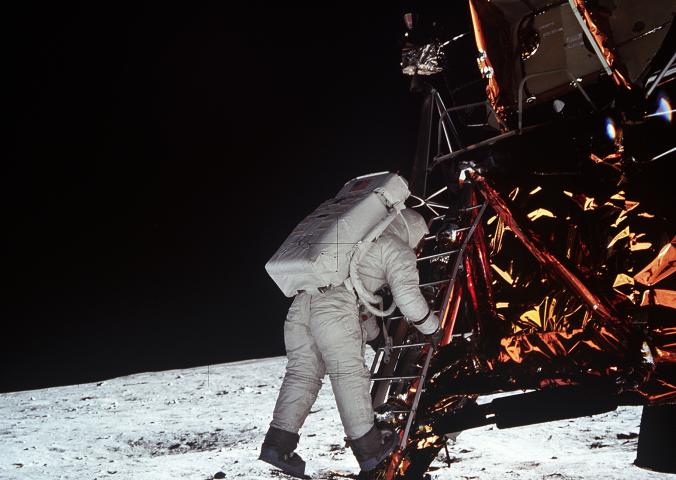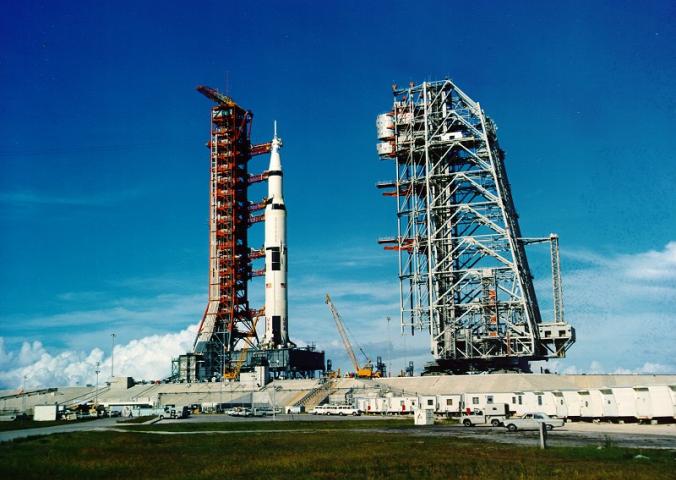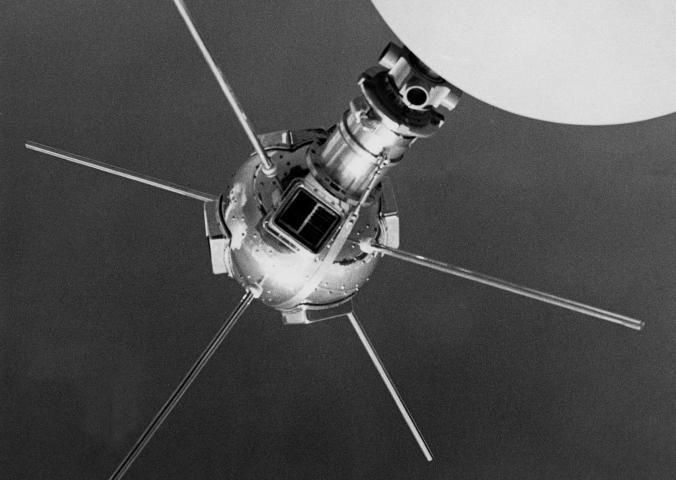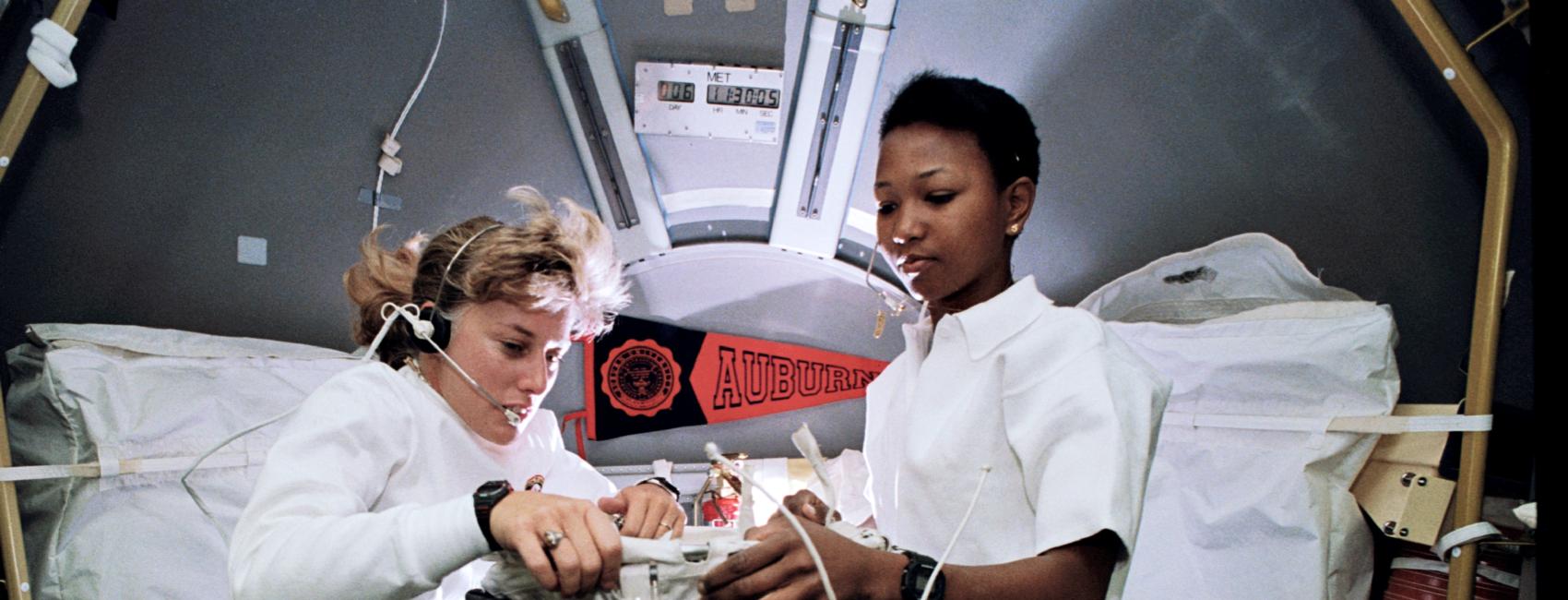






Space: the final frontier. For thousands of years humans have looked to the stars and wondered what might be up there. In 1961, the first human entered space, and by 1969 we had set foot on the Moon. Today, research and exploration in space continues.

Jump to content:
Space: the final frontier. For thousands of years humans have looked to the stars and wondered what might be up there. In 1961, the first human entered space, and by 1969 we had set foot on the Moon. Today, research and exploration in space continues.

Jump to content:
Student
educational-use-permitted
Teacher
cc-by-nc
Teacher
cc-by-nc
Other
educational-use-permitted
Other
educational-use-permitted
Student
cc-by-nc